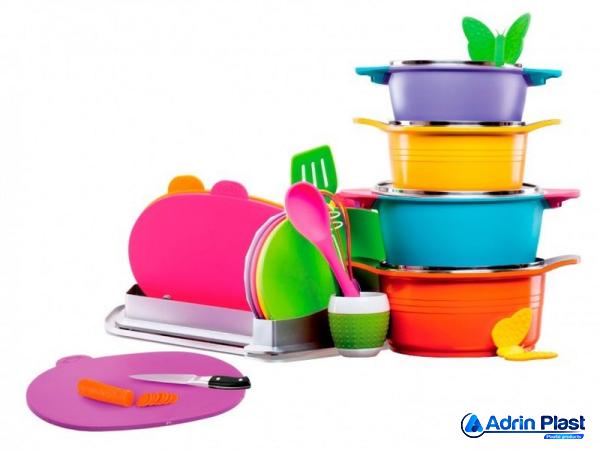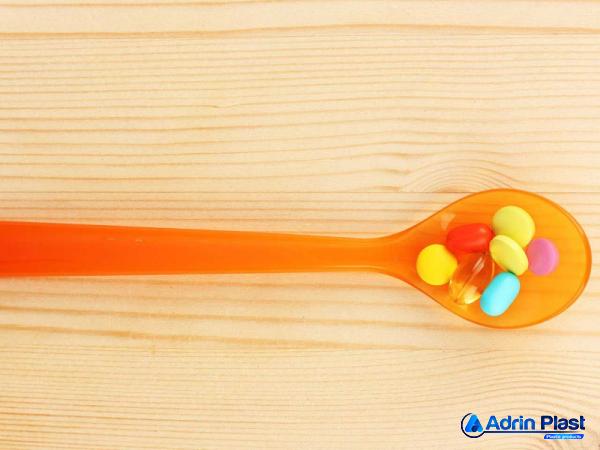Introducing plastic flower pots + the best purchase price
The production process of plastic vases and pots for our flower in big size or small happens in a factory by its special machine
There are four different types of resins (plastics) commonly used in the manufacture of plastic tableware
These include high-density polyethylene (HDPE #2), low-density polyethylene (LDPE #4), polypropylene (PP #5) and high-impact polystyrene (PS #6)

The invention relates to a method for the manufacture of a plastic vessel, such as a flower pot, with a bottom made of thermosetting material in the process of molding and a wall, for example, injection molding, extending from the lower edge of the bottom and ending with A rim of the pan, a wall consisting of several channels located on the periphery, passing in the direction from the bottom edge to the rim of the pan, which determines the nominal wall thickness of the wall depending on the molding process and the wall thickness between the channels
Not less than the nominal value, at which the nominal wall thickness is determined to prevent internal profiling during construction and reduce the wall thickness in the channels to a value less than the nominal one
In addition, the invention relates to molds for use in a vessel injection molding process
Plastic injection molds are durable and designed to last a long time
Every plastic pot-making machine is constantly improved for faster working speed
Plastic bottle filling machines are specialized in various sizes of preforms
A special screw in the equipment greatly increases the weight and speed of the plasticizing shot
And with clamping forces from 2,000 KN to 13,000 KN, the molding machines are able to withstand external machining forces
This plastic injection molding machine is suitable for the packaging industry: thin wall containers, lids, pails, pails, etc
Your ideal tool for designing a wide range of PVC pipe fittings
Any plastic utensil-making machine takes plastic pellets and gives them the desired dimensions
This is where you get the best accuracy for your applications
The steel sleeve in the clamping unit has a new design
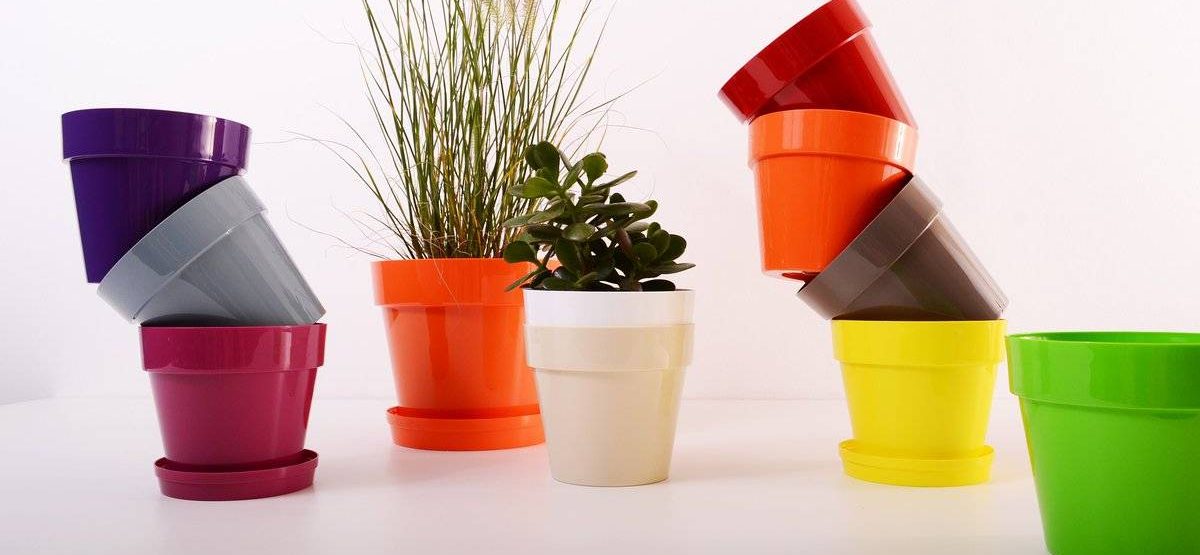
Plastic nursery pots
There are some made of plastic flower pots that are called nursery vases or pots
This is the plastic container that your plant has grown in for most of its nursery life
Everything hums well together
It has plenty of room for roots, and the bottom of the pot is perforated with holes so that excess water can drain off easily
It has plenty of room for roots, and the bottom of the pot is perforated with holes so that excess water can drain off easily
No reporting is required at this stage
Place your plant in the container it was purchased from the nursery and place it in an attractive pot
In the past, plastic containers were made from virgin resins derived from petroleum
Most of the traditional plastic baby carriers on the market today are made wholly or partly from recycled polymers
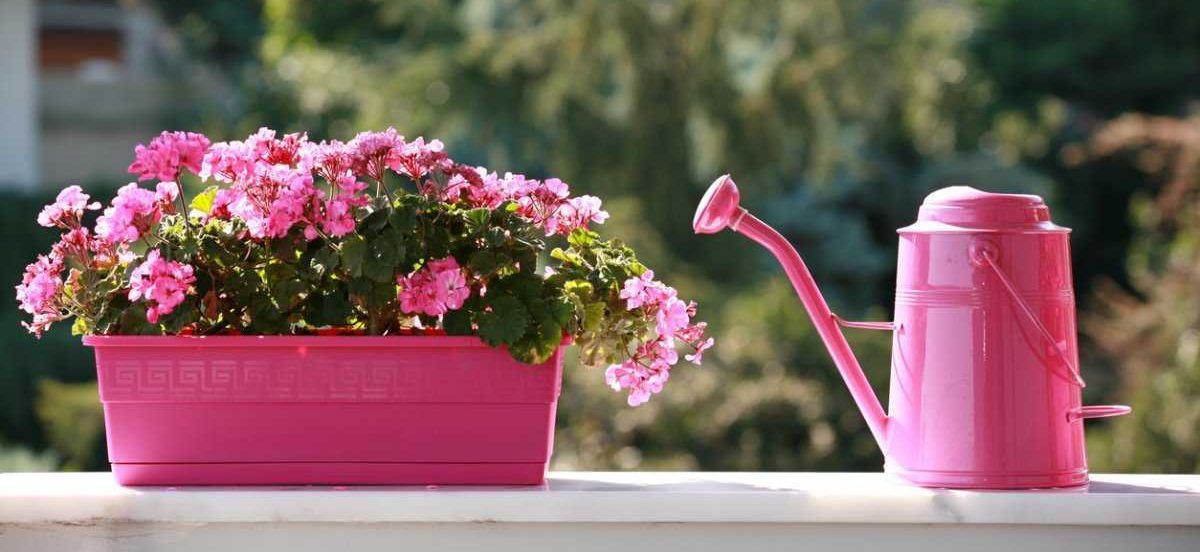
A period of two to four months is acceptable if the plants are stored in the container in which they were purchased
However, plants of larger species need to be repotted more frequently than plants of smaller species
When a plant starts to show signs of root set, it is important to report it as soon as possible to reduce the chance of plant stress and root disease
They have a molded design that allows them to withstand minor impacts and they won’t rip or rip when hit
In addition, they are very light, flexible, and have wide sides that are very comfortable to hold in the hand, making them easy to handle and transport
The bottom of growing pots is pre-drilled for better drainage, which helps prevent over-saturation and over-saturation of the soil
They come in a wide variety of beautiful shapes such as round, square, and other eye-catching designs that will look great in almost any space while providing the stability you need to support your plants
Because they come in a variety of sizes, you can be sure to find grow pots that are perfect for your growing area

Plastic pot molding machine
Any kind of a plastic vase or pot, produced and manufactured in a factory by a molding machine
Plastic is one of those materials that is produced at the lowest cost, and due to the fact that a large number of companies and individuals use it, it is in great demand
Due to these factors, plastic tableware and plastic vases are in high demand
This high demand is forcing manufacturers to focus on developing new technological advances that allow machines to run longer and more efficiently, reducing energy consumption while increasing productivity
The plastic injection molding process consists of the following 6 steps: Tension is the initial process that occurs during the injection molding stage
The clamp assembly is reassembled after the equipment has broken during the injection process
After both sides of the mold are placed in the device, the machine presses the two halves together in preparation for the next injection

After the clamping process is completed and the two parts are connected, the plastic injection process can begin
The plastic, usually in the form of pellets, is then poured into a container where it melts to the point where it is completely liquid
After that, this liquid is poured into the mold, making sure that the temperature remains constant throughout the process
The next step is called “accommodation” and consists of filling the form with plastic until it is completely filled
This is done with pressure
The mold is under pressure to ensure the desired look and functionality of the finished product
This is achieved by completely filling all mold cavities with plastic
The fourth phase, known as the cooling phase, is the easiest phase to complete
The mold is left intact so that the plastic in it can begin to solidify and cool inside the mold
Opening the mold is the next step in this process
This is followed by a final and final removal process that frees the finished plastic product, in this case, the plastic container, from the mold
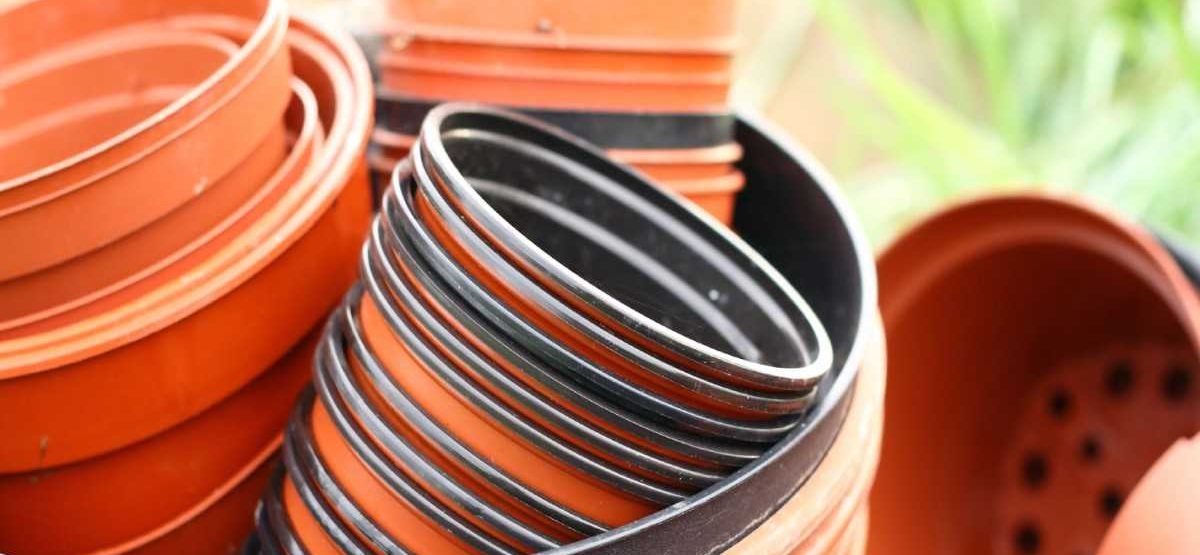
How to use plastic pots for plants
Plastic vases and pots are a very good choice for growing plants, and it is important how to do it and use them for our flowers and plants
The first and main advantage is the affordable cost of plastic pots, especially when compared to ceramic, metal, or clay pots
Plastic utensils cannot be broken or broken
It will also last you a very long time if you plant it in an alley, yard, or garden
This flower box is suitable for almost any type of plant, even the most capricious ones
Another advantage is the aesthetic appearance; Modern models of plastic utensils are real works of art for every taste
First, you need to consider the size of your plant, especially its root system
Do not plant a smaller plant in a larger pot, as its roots will receive more soil and moisture, which can lead to rotting
A container smaller than the roots is also impractical, as limited space will prevent root growth
Also important is the choice of the type of pot: open or closed
It is important to take into account the specifics of growing flowers – on the balcony, on the windowsill, in the house, in the garden, in the yard, and much more
Household types are less durable than outdoor types due to the importance of protecting the material from temperature extremes and sunlight
At home, it is very easy to grow plants in plastic pots
These containers are easy to clean and easy to move due to their lightweight
There is one inconvenience, namely instability if you have chosen a large and tall plant
However, this problem can be solved by using a special mount with a stand
Plastic pots can also be used to grow seedlings
Some experts recommend choosing plastic containers for growing orchids, which are very finicky and attractive
The flowers are well aerated at the bottom, the water flow is perfect, and the liquid does not stagnate
Inside the box, the orchids also receive an optimal microclimate, which makes them beautiful and durable
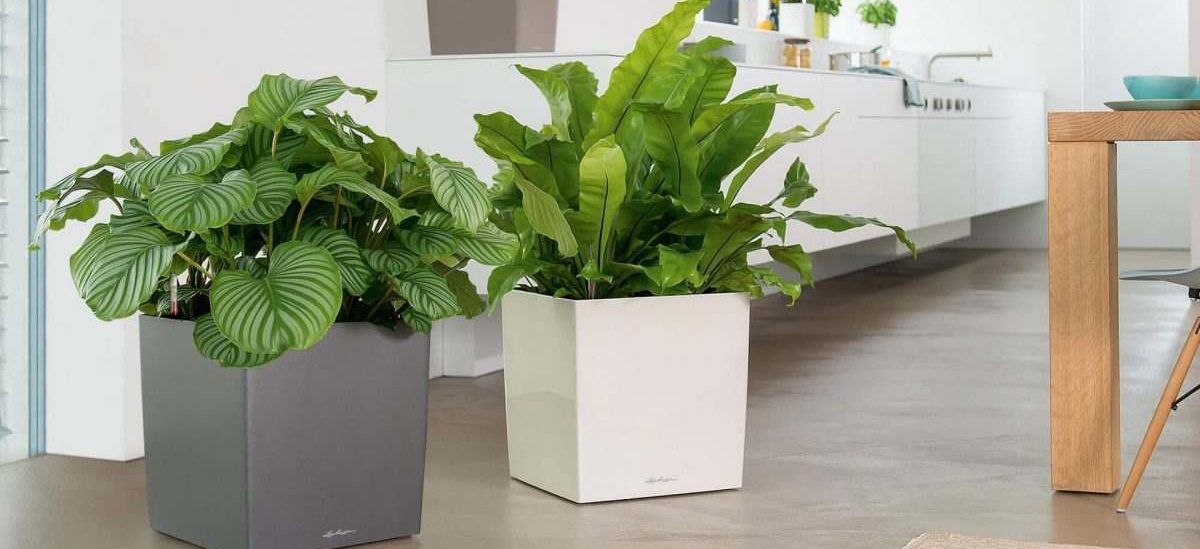
Small flower pots
We use big pots to grow big and tall plants and flowers, and use the small ones for a small flower and plant
Too small a container increases the risk of root rot and puts plants at risk of overwatering
Using less substrate and sub-watering is much safer
If you water the plant too early, keep the substrate too moist, or use a substrate that holds too much water, you may find that a smaller pot is required to sustain the plant’s life
A smaller container will hold less soil, which means the plant’s root system has less access to the nutrients in the soil
A container that is too small for the plant, especially one that holds a plant with large roots, can cause the roots to narrow
There is a risk that the roots will become narrow and not have enough space to grow out
Although every plant has the potential to start life in a small pot, over time some will outgrow their current container and require larger containers and additional growing space for their roots
However, other plants will never grow very tall
These smaller plants work really well in containers on the smaller side
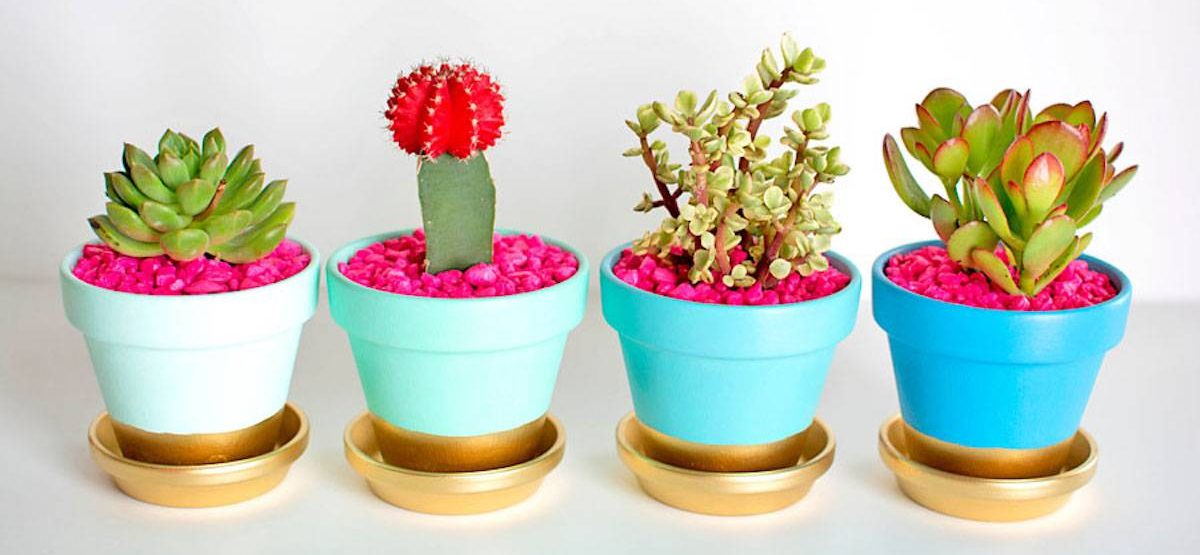
The soil dries out faster in smaller pots because there is less soil in them than in larger pots because there is more soil
If you have two identical plants, but one is noticeably larger than the other, you will need to water the larger plant more frequently
The following are some of the best plants for growing in smaller pots or containers:
Pansy, fern, rosemary, and coriander salad with onions
Chili plants snapdragons carrots spider plant lettuce
zucchini
Swiss chard or just chard
thyme
cucumbers and potatoes
strawberries
radish
chives
tomatoes
Beetroot
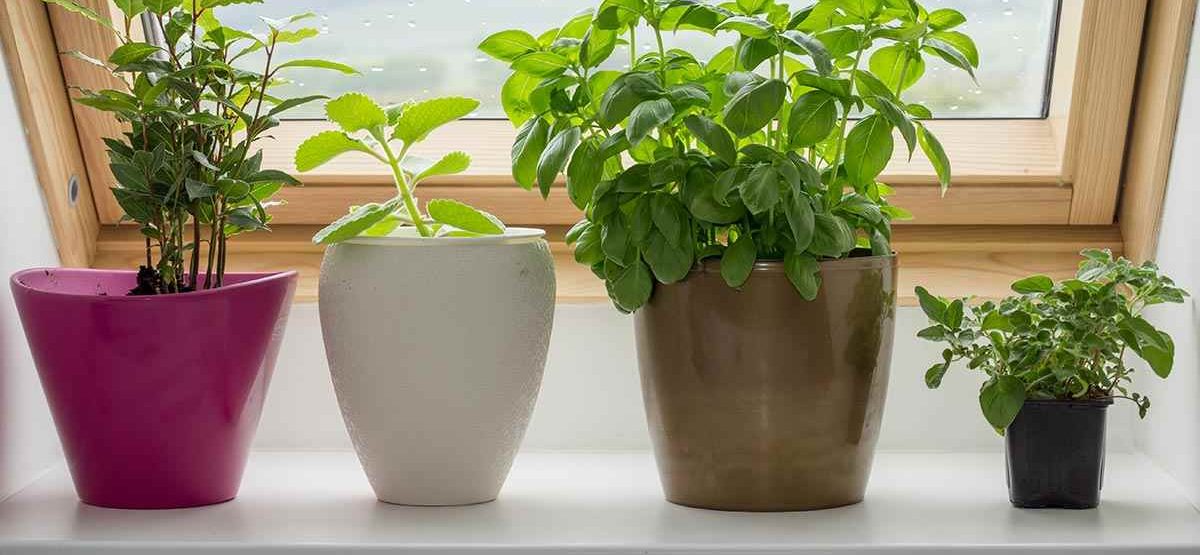
Plastic pot waste
Old plastic vase and pot that we don’t use them anymore, it is a kind of waste for us
Plastic utensils are essentially just another single-use plastic that ends up in our homes, and everything they are made of ends up in landfills right from our yards
They are made from petroleum-based fossil fuels (hydrocarbons), dyed with carbon ink (which makes them black), cannot be recycled, and most cities won’t accept them
The second question is what kind of plastic it is made of
Plant pots are usually made from a soft, flexible plastic known as polypropylene or #5 plastic (PP)

Others are made from high-density polyethylene (HDPE) or #2 plastic and are slightly stronger and tougher and have a faster recycling rate
One of the main reasons we should recycle flower pots is because we don’t need as much plastic in the environment
Plastic takes hundreds of years to decompose, and when it does, it decomposes and pollutes the soil and water around it, and in many studies, we have seen microplastics enter our oceans and lakes as well
Some reasons why we cannot recycle plastic tableware:
The blend of plastic resins used to make plastic garden pots, trays, sheets, and wraps includes some of the cheapest plastics out there
These resins can be cheaply molded into containers strong enough for commercial transportation of plants, but not suitable for turning them into next-generation useful items
Most plastic garden containers are black
The material collection facilities that sort and process items accepted into our home recycling systems use sophisticated optical scanning equipment to efficiently sort the huge volumes of mixed plastic items we ship from our single-stream containers
Optical scanning beams cannot “see” through black plastic, so this device cannot sort garden plastic items in the same way as bottles, jugs, and other plastic household items that we recycle at home
Dirt remains in most garden pots even when we throw them away
Our recycling service providers ask us to dispose of “empty, washed, and dried” items in our trash cans
Soil debris pollutes this physical flow and poses a threat to the recycling systems we rely on every day


